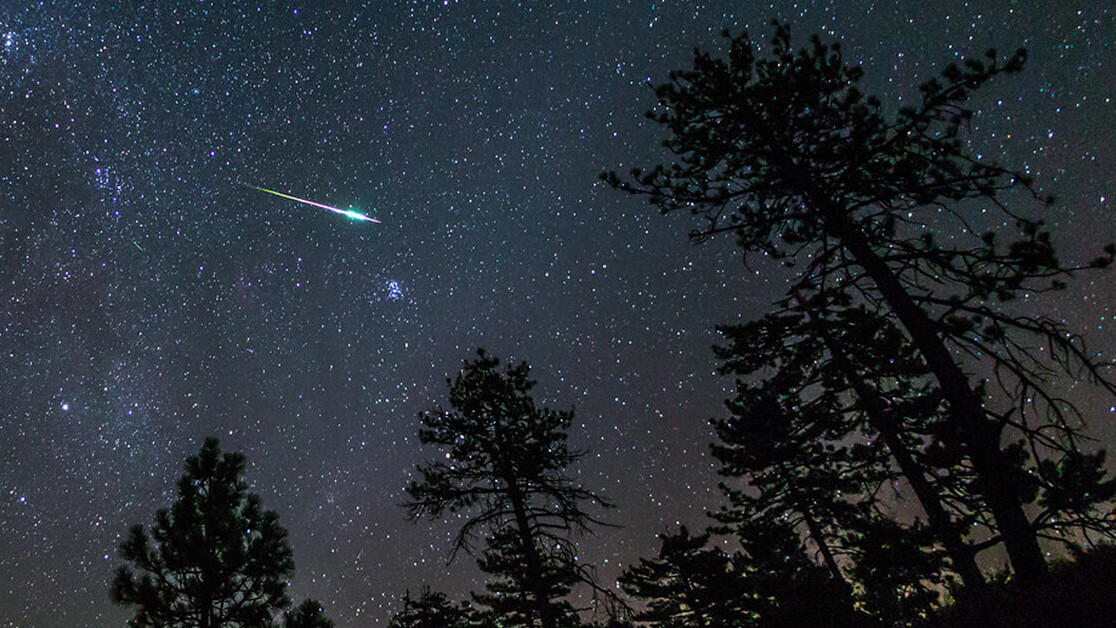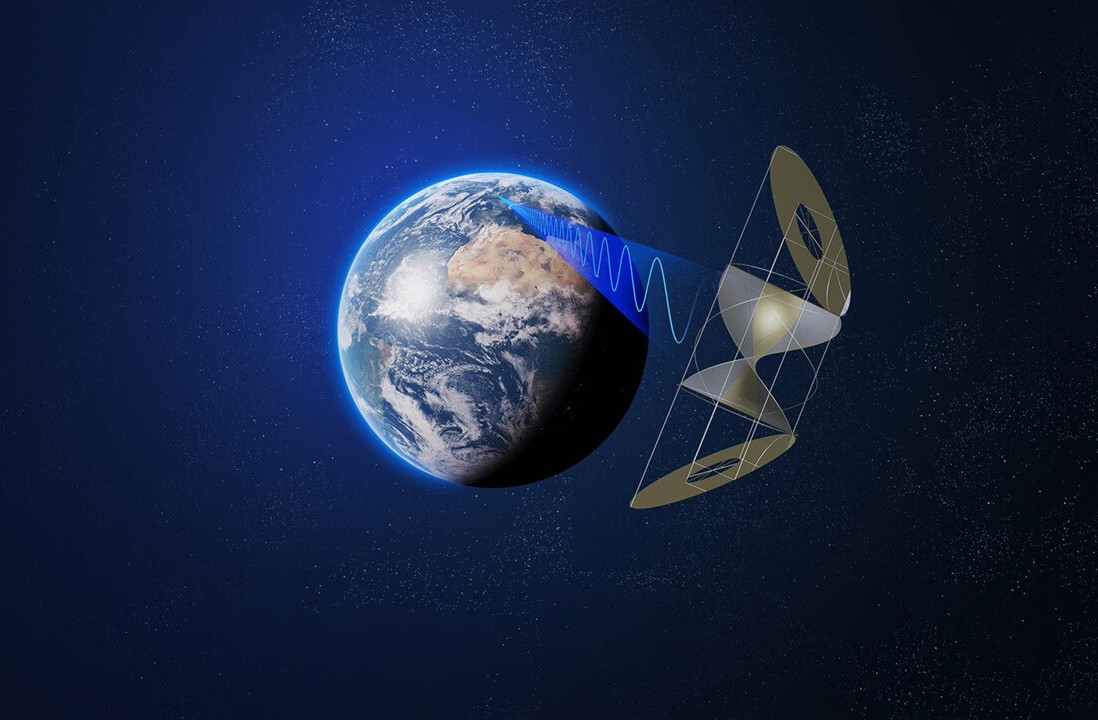On the night of December 13 and the early morning of December 14, the Geminid meteor shower could delight skygazers with a dazzling display of shooting stars.
The Geminids are one of the newer meteor showers, first being seen in 1862. These annual displays can often be spectacular, and there are reasons to believe this year’s displays could be one of the best ever.
Geminids for the twin!
“Life is fleeting. And if you’re ever distressed, cast your eyes to the summer sky when when the stars are strung across the velvety night. And when a shooting star streaks through the blackness, turning night into day… make a wish and think of me.” — Robin Williams
As many as 120 meteors per hour could be seen by amateur astronomers during this event. Meteors in the Geminid shower tend to move more slowly across the sky than some other meteor showers, providing longer-lasting shooting stars.
Most of the annual meteor showers are caused when the Earth, revolving around the Sun, moves into a path of debris left behind by a comet in its journey around our parent star.
The Geminids, however, are one of only two annual meteor showers not caused by a comet. This display is the result of small rogue pieces of the asteroid 3200 Phaethon. This body orbits the Sun once every 1.4 years.
However, 3200 Phaethon (first detected in 1983) is classified as an asteroid — a body made mostly of rock and/or metal. However, it is possible that this object may be an extinct comet, long burned out. Such a body could release small pieces of rocky material which would take longer to burn up as they pass through the atmosphere, creating longer, brighter tails than those produced by icy particles.
[Read: ]
As time goes on, the Geminid meteor shower appears to be growing more dramatic, with up to 160 shooting stars per hour seen in recent years.
Now the stars are shooting for you!

Skygazers wishing to view the Geminid meteor shower should head outside an hour or so after sunset. Shooting stars will be seen in the days leading up to the main event, but the display will peak on the nights of Sunday, December 13, and Monday, December 14.
Light from the Moon can often drown out meteor showers. However, the Moon is nearly perfectly-placed this week, staying well out of view of amateur astronomers.
No special equipment is needed to watch meteor showers — just dark skies (helped out this time around by the nearly-new Moon), a comfortable place to sit, and food and beverage. These events also provide a great chance for families – especially children – to enjoy the wonders of the night sky.

The Geminid display will first be seen rising just a little north (left) of east, roughly an hour after sunset. By 9 pm, shooting stars should be easy to spot, radiating from just to the right of two bright stars, Castor and Pollux, low on the northeastern horizon.
As the night goes on, the center of the display (called the radiant) will rise high in the sky. By the middle of the night, viewers in some areas of the world will see meteors racing from nearly overhead. This unusual behavior is due to the odd source of the Geminid meteor display.
While viewing this (hopefully) fantastic display of shooting stars, viewers can also see Jupiter and Saturn in the southwestern sky, drawing closer to each other for the Great Conjunction of 2020 happening on December 21!
Early birds will find the radiant of the shower on the north side (right) of the western horizon in the hours before dawn.
Skygazers should make sure to dress appropriately for local weather conditions — these meteors may be bright, but they don’t give off enough heat to keep one warm while gazing at the sky!
It’s important to remember that human eyes take 15–20 minutes to get used to the dark. So, more meteors will be seen once eyes adjust to low-light conditions. If light is needed while outside, red light (usually available in flashlight apps) is safe for night vision.
Meteor showers are notoriously unpredictable, but the Geminids offer one of the better chances to observe a dazzling display of shooting stars. This is as good of a reason as any to head outside for a celestial holiday display.
This article was originally published on The Cosmic Companion by James Maynard, founder and publisher of The Cosmic Companion. He is a New England native turned desert rat in Tucson, where he lives with his lovely wife, Nicole, and Max the Cat. You can read this original piece here.
Astronomy News with The Cosmic Companion is also available as a weekly podcast, carried on all major podcast providers. Tune in every Tuesday for updates on the latest astronomy news, and interviews with astronomers and other researchers working to uncover the nature of the Universe.
Get the TNW newsletter
Get the most important tech news in your inbox each week.






